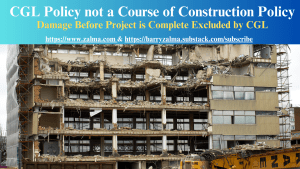Housing Pressures Squeezing Industrial Spaces, Report Warns
Greater Boston region has shed roughly 190 football fields worth of built industrial space over past decade
The greater Boston region shed roughly 190 football fields worth of built industrial space over a decade-long period ending in 2021 while the share of vacant industrial space declined, related trends that could hamstring smaller firms, a new report warns.
The Metropolitan Area Planning Council found that the 101 cities and towns in its area collectively lost 10.9 million square feet of built industrial space between 2011 and 2021, space that could be used by businesses involved in construction, manufacturing, wholesale trade and transportation. Nearly three-quarters of the industrial land lost in that span occurred in the “inner core” closest to Boston, the MAPC wrote in a report published last week.
Over the same 10 years, the utilization of available industrial space increased from 89 percent to 96 percent, leaving less of a “cushion” that could be tapped into for sector growth.
The group cautioned that rising demand for industrial space coupled with reduced supply will push rents higher, making it more difficult for companies — particularly “smaller firms without a corporate support system” — to maintain a footprint and offer job opportunities.
“We have incredible need and demand for housing in Greater Boston, especially in the inner core of the region, but the pressure to convert industrial space to housing and other uses has made it hard for industrial firms to afford to stay, or for new firms to find space,” said MAPC Research Manager Jessie Partridge Guerrero, who co-authored the report. “We need to preserve industrial areas strategically, especially for smaller industrial firms, entrepreneurs, artists, and others who might be well-suited to co-locate with housing or retail space.”






